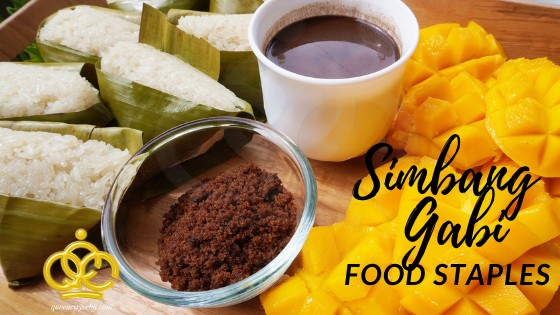
The Simbang Gabi is a devotional nine-day dawn masses that leads to Christmas Eve. These are usually done at dawn, ranging from three to five in the morning, with the ninth mass celebrated a day before Christmas eve, the birth of Jesus.
Many believe that if one gets to complete the nine-day masses, the request or petition made is granted, as seen in the magnitude of churchgoers attending the Simbang Gabi. But aside from the devotion exhibited, the food that one can enjoy after the Simbang Gabi is also an anticipated affair.
Local delicacies like puto bumbong, puto, budbod and bibingka are the Simbang Gabi favorites. As early as 3 AM, vendors sell these delicious eats outside the church grounds, getting ready for the churchgoers to get their fill after every mass. These hot snacks fill the tummies of the parishioners as they go about their day, be it going directly to work, to school or go home to prepare for the rest of the day.
These freshly-cooked rice cakes are festive to look at. The puto bumbong is in bright purple hue complete with coconut shavings and brown sugar when served. Some would also add some butter and shredded cheese on top. Bibingka on the other hand is usually yellow in color, also with coconut shavings or a slice of salted egg to top it off (though this variety is not very famous in Cebu).
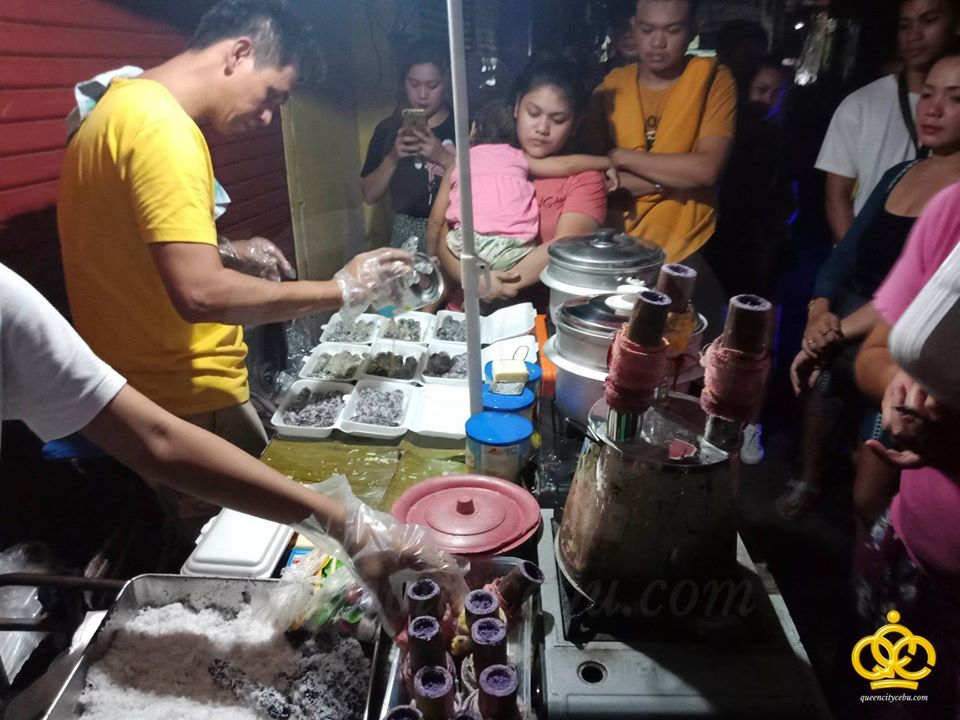
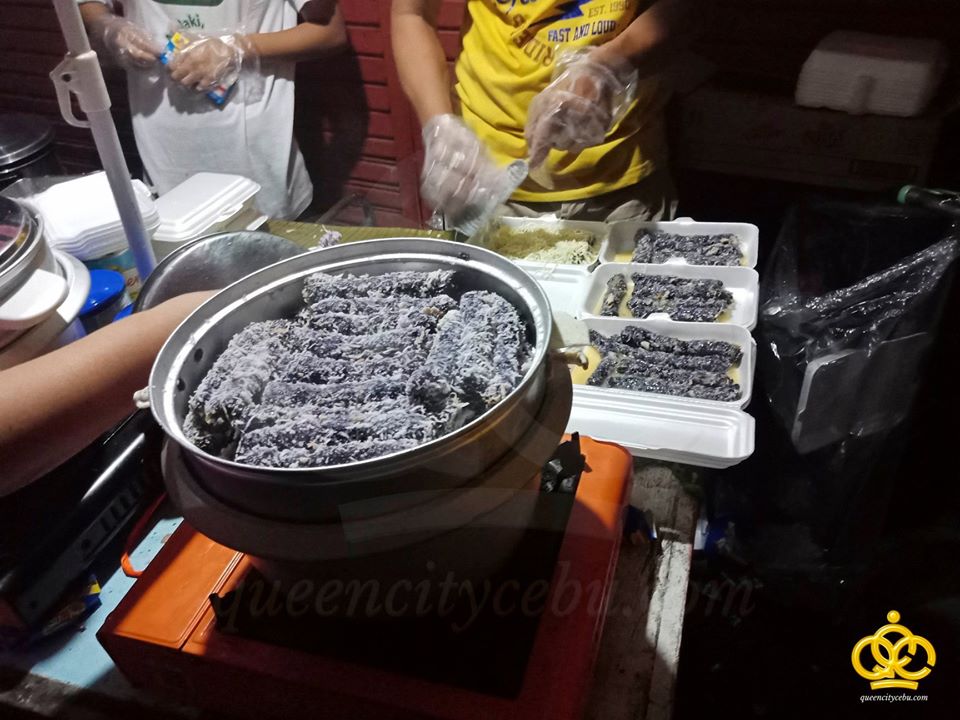
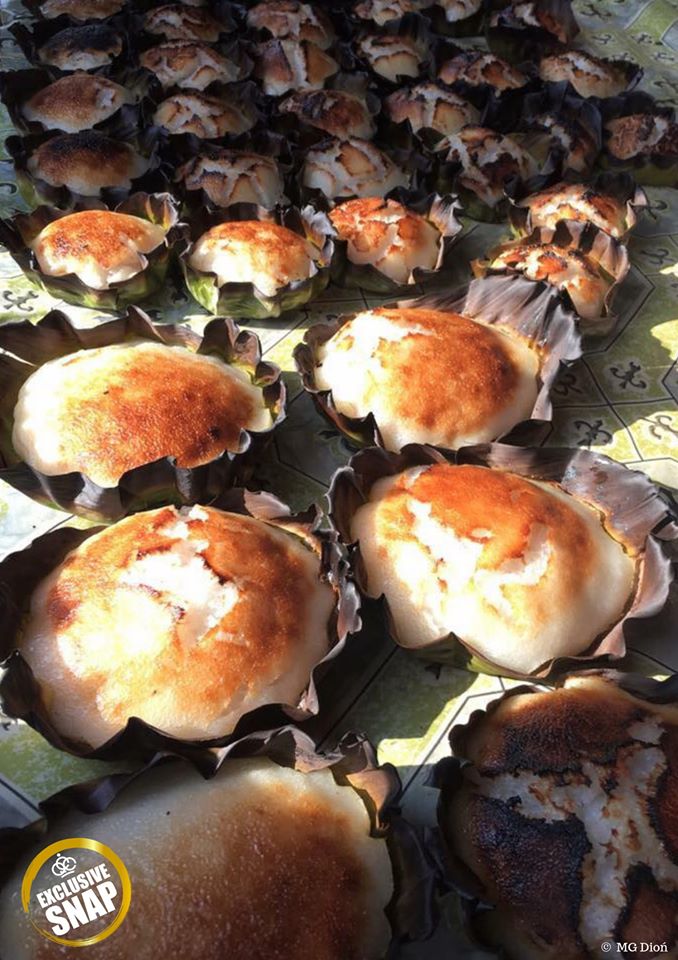
Let’s not forget the famous puto, which comes in white and dark brownish purple, which is best paired with hot chocolate or the locally known, sikwate. And of course, since we are here in Cebu then don’t forget to indulge on our sweet ripe mangoes with our puto. Also in the list is the budbod. It’s almost similar as to how puto is prepared only that this rice cake is rolled and then wrapped in banana leaves before it’s steamed for its final cooking process.
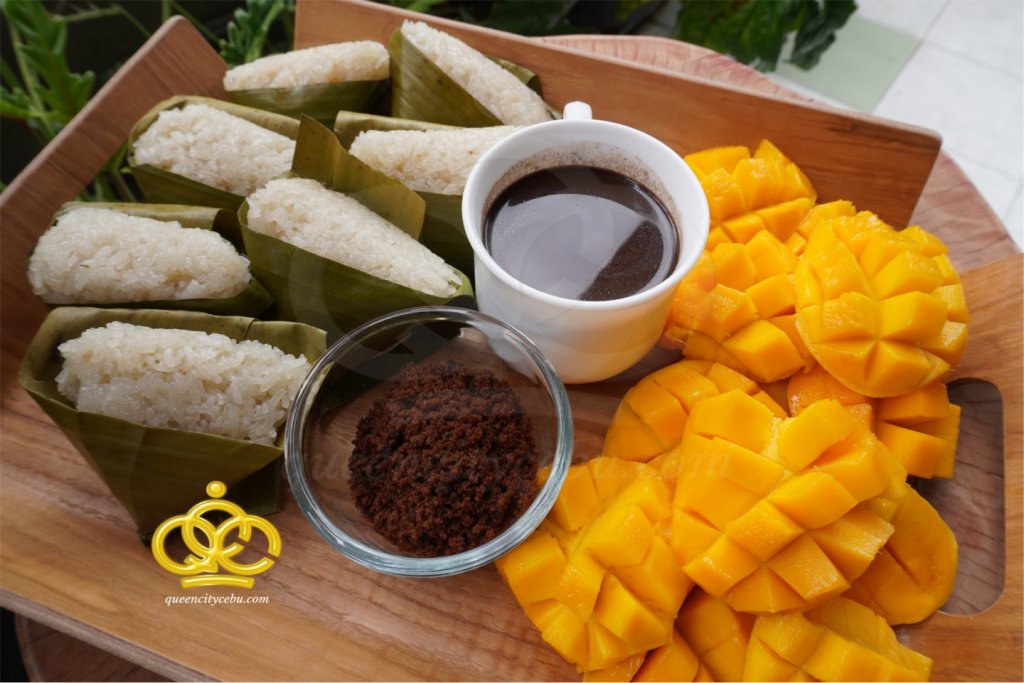
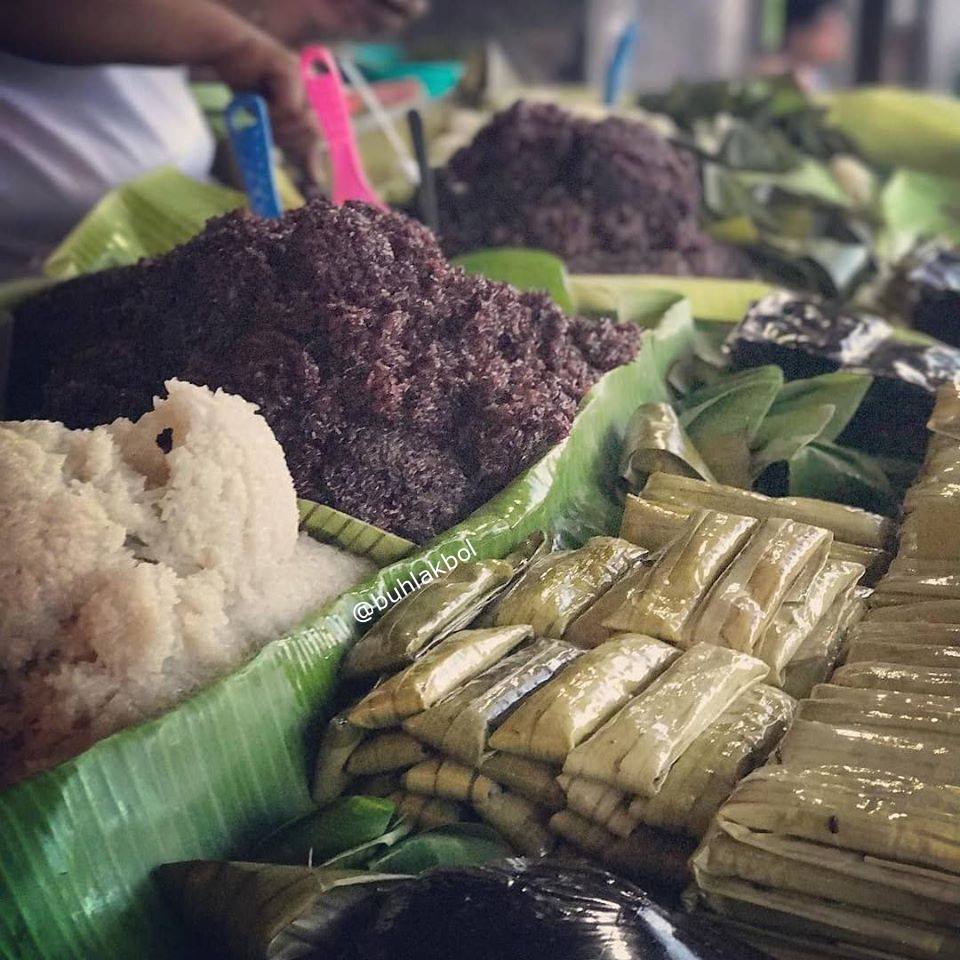
Usually, other pinoy delicacies are also being sold such as the kutchinta, steamed puto as well as the palitaw.
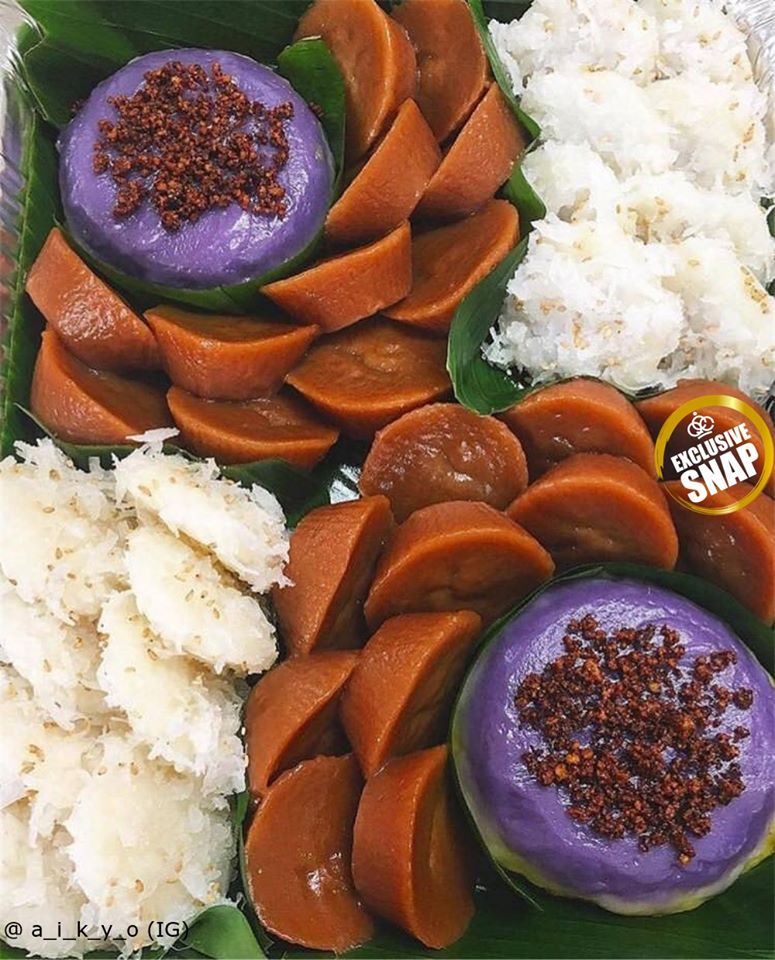
Let us not also forget the old time favorite, the taho, a snack made of soft or silken tofu, mixed with sago pearls and arnibal (made of brown sugar sweetener). This, with puto bumbong and bibingka, completes the Simbang Gabi eats line-up.
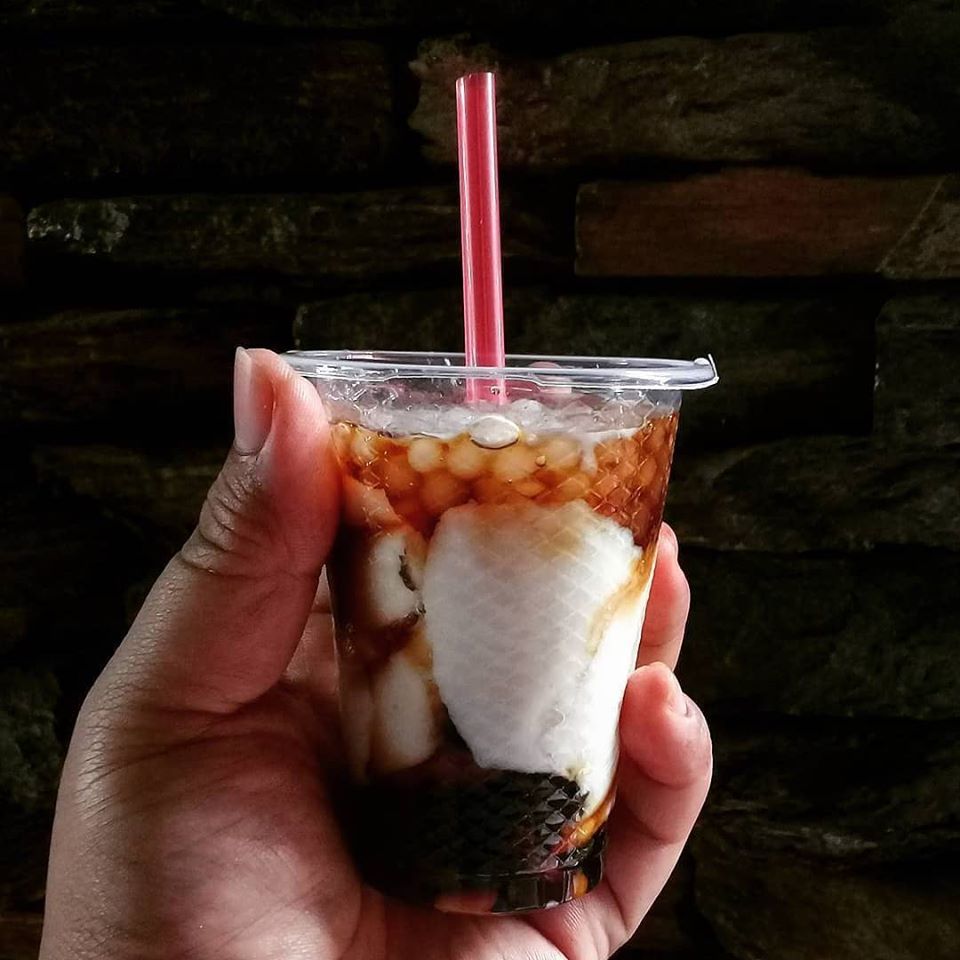
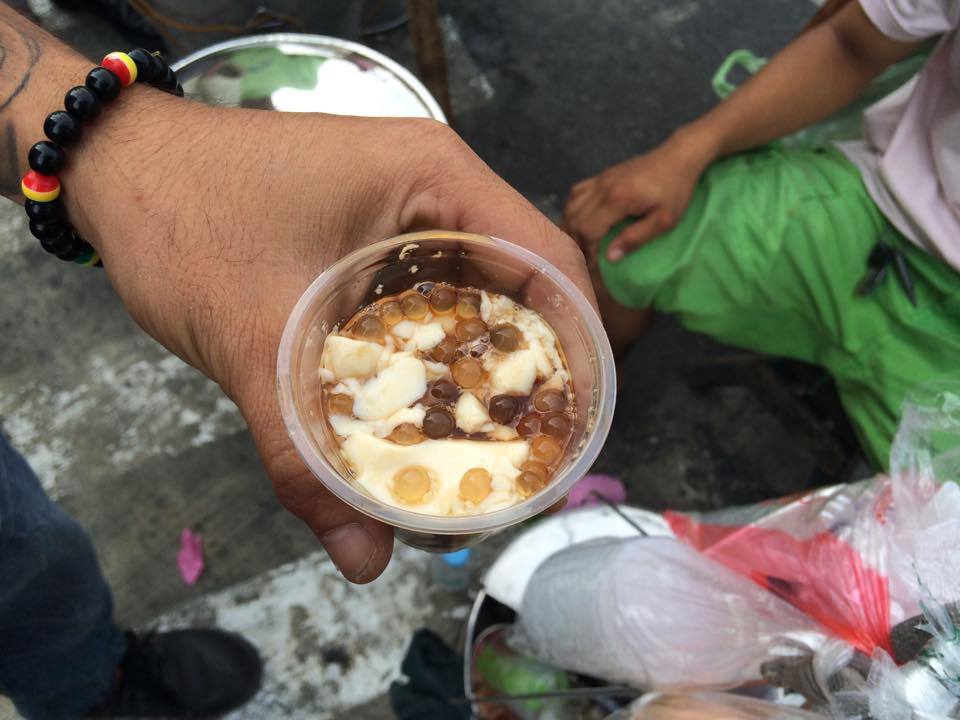
Though these snacks are sold in some areas for the rest of the year, having them during the holiday season somehow makes it a whole lot better to enjoy. These eats that we have during the Simbang Gabi tradition truly defines how we are, regardless of region or province, and that is any celebration is always synonymous to home-cooked goodness of the food we partake in the company of friends and family.